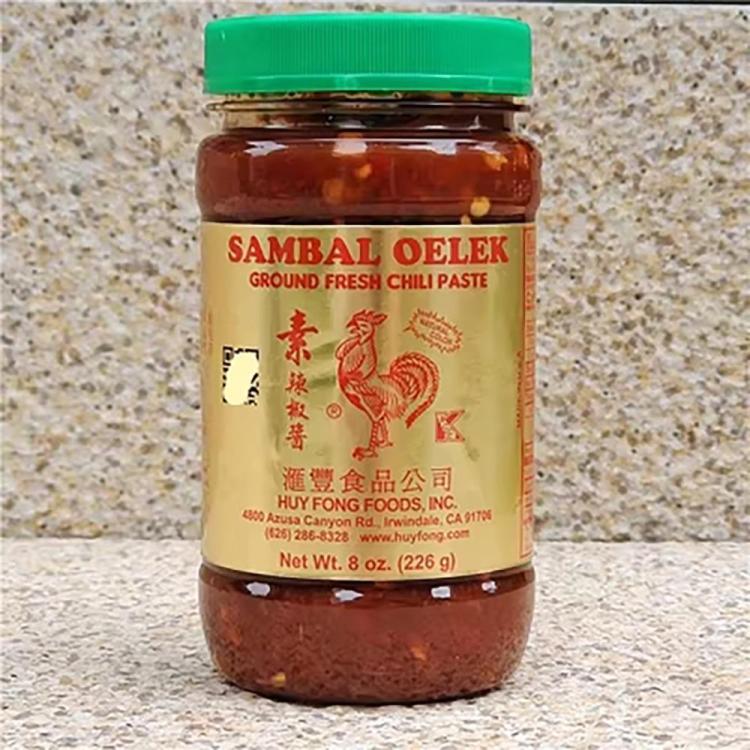Over this weeks’ 5 day public holiday, I met three of my ex-students from Jakarta who were revisiting their old overseas university here in Liuzhou. With their help, I think I got to the bottom of the sambal oelek controversy. They confirmed the name is Indonesian but in the old spelling introduced by the Dutch. In Modern Indonesian it is ‘ulek’ or ‘ulekan’.
It refers to the pestle in the mortar and pestle combo. Cobek is the mortar and ulek is the pestle. It also refers to both the grinding action and the resulting ground stuff. It is basically chillies ground with salt. So chilli paste. The results are used in Indonesia as the basis for other sambals or in other dishes by itself.
One student told me her grandmother was known as ’Mother Ulek’ in her village for her skills with the sambal making.
Some industrial producers use the old spelling oelek in the same way many do with Chinese by using the outdated transliteration system which refers to what is known as gongbao chicken in China by the name kung po or similar in the west.
American Sambal Oelek.


